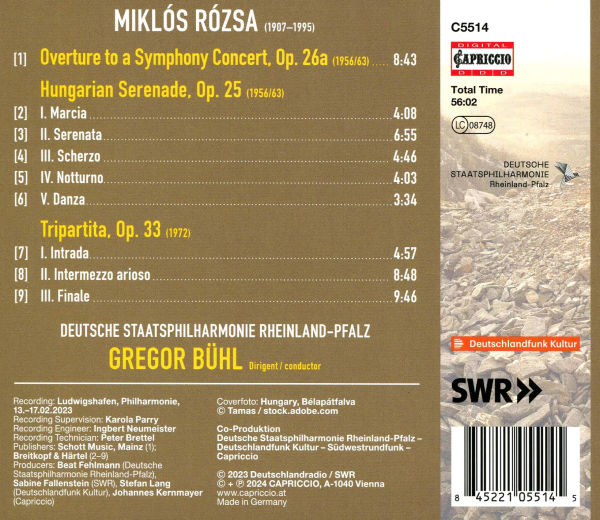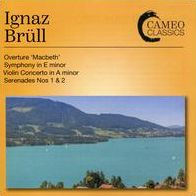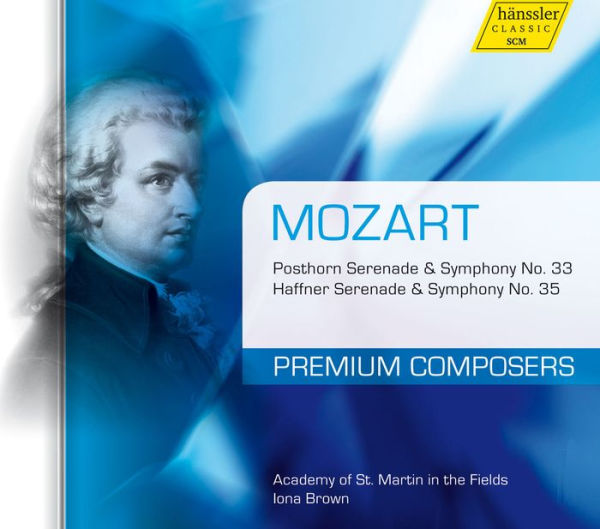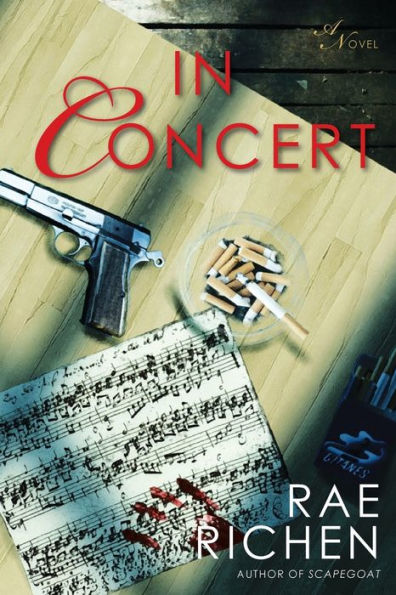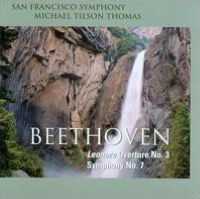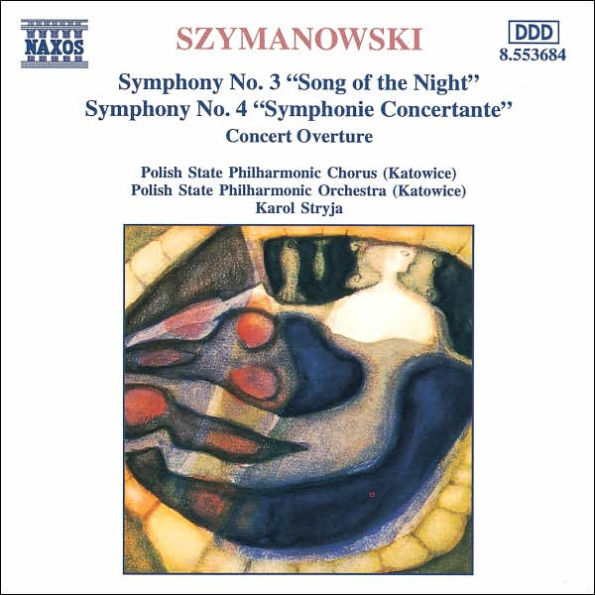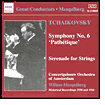Home
Miklós Rózsa: Overture to a Symphony Concert; Hungarian Serenade; Tripartita
Barnes and Noble
Loading Inventory...
Miklós Rózsa: Overture to a Symphony Concert; Hungarian Serenade; Tripartita in Bloomington, MN
Current price: $23.99


Miklós Rózsa: Overture to a Symphony Concert; Hungarian Serenade; Tripartita in Bloomington, MN
Current price: $23.99
Loading Inventory...
Size: OS
Some of the Europeans who came to Hollywood in the 1930s had to learn a new American language of film music;
Kurt Weill
, for example, gave himself a thorough course in the harmony of American popular music before he set pen to paper in the U.S. This is less true, though, of
Miklós Rózsa
, who wrote concert music over his entire career and often bemoaned its lack of popularity. He had a legitimate grievance, for works like the ones on this album ought to appeal to lovers of any of his 16 Academy Award-winning film scores; the musical language is not that far off. The
Hungarian Serenade
draws on folk music, more in a Dvo¿ákian way than like
Bartók
, but even so, it unfolds a series of little scenes for which the listener will have no trouble imagining action. It was composed in 1932, before
Rózsa
left Europe, and revised in 1946. The wittily named
Overture to a Symphony Concert
(1957) is a festive thing that would fit perfectly well on a symphony concert with the likes of
Nico Muhly
today. Somewhat more progressive in style is the
Tripartita
(three movements, as promised), which is rhythmically complex. It remains a lively, appealing work that lies squarely in the interesting Eastern European generation after
. The
Deutsche Staatsphilharmonie Rheinland-Pfalz
, an underrated regional group, gives crisp performances under conductor
Gregor Bühl
on a release that should find large audiences among both film buffs and fans of 20th century music generally. ~ James Manheim
Kurt Weill
, for example, gave himself a thorough course in the harmony of American popular music before he set pen to paper in the U.S. This is less true, though, of
Miklós Rózsa
, who wrote concert music over his entire career and often bemoaned its lack of popularity. He had a legitimate grievance, for works like the ones on this album ought to appeal to lovers of any of his 16 Academy Award-winning film scores; the musical language is not that far off. The
Hungarian Serenade
draws on folk music, more in a Dvo¿ákian way than like
Bartók
, but even so, it unfolds a series of little scenes for which the listener will have no trouble imagining action. It was composed in 1932, before
Rózsa
left Europe, and revised in 1946. The wittily named
Overture to a Symphony Concert
(1957) is a festive thing that would fit perfectly well on a symphony concert with the likes of
Nico Muhly
today. Somewhat more progressive in style is the
Tripartita
(three movements, as promised), which is rhythmically complex. It remains a lively, appealing work that lies squarely in the interesting Eastern European generation after
. The
Deutsche Staatsphilharmonie Rheinland-Pfalz
, an underrated regional group, gives crisp performances under conductor
Gregor Bühl
on a release that should find large audiences among both film buffs and fans of 20th century music generally. ~ James Manheim
Some of the Europeans who came to Hollywood in the 1930s had to learn a new American language of film music;
Kurt Weill
, for example, gave himself a thorough course in the harmony of American popular music before he set pen to paper in the U.S. This is less true, though, of
Miklós Rózsa
, who wrote concert music over his entire career and often bemoaned its lack of popularity. He had a legitimate grievance, for works like the ones on this album ought to appeal to lovers of any of his 16 Academy Award-winning film scores; the musical language is not that far off. The
Hungarian Serenade
draws on folk music, more in a Dvo¿ákian way than like
Bartók
, but even so, it unfolds a series of little scenes for which the listener will have no trouble imagining action. It was composed in 1932, before
Rózsa
left Europe, and revised in 1946. The wittily named
Overture to a Symphony Concert
(1957) is a festive thing that would fit perfectly well on a symphony concert with the likes of
Nico Muhly
today. Somewhat more progressive in style is the
Tripartita
(three movements, as promised), which is rhythmically complex. It remains a lively, appealing work that lies squarely in the interesting Eastern European generation after
. The
Deutsche Staatsphilharmonie Rheinland-Pfalz
, an underrated regional group, gives crisp performances under conductor
Gregor Bühl
on a release that should find large audiences among both film buffs and fans of 20th century music generally. ~ James Manheim
Kurt Weill
, for example, gave himself a thorough course in the harmony of American popular music before he set pen to paper in the U.S. This is less true, though, of
Miklós Rózsa
, who wrote concert music over his entire career and often bemoaned its lack of popularity. He had a legitimate grievance, for works like the ones on this album ought to appeal to lovers of any of his 16 Academy Award-winning film scores; the musical language is not that far off. The
Hungarian Serenade
draws on folk music, more in a Dvo¿ákian way than like
Bartók
, but even so, it unfolds a series of little scenes for which the listener will have no trouble imagining action. It was composed in 1932, before
Rózsa
left Europe, and revised in 1946. The wittily named
Overture to a Symphony Concert
(1957) is a festive thing that would fit perfectly well on a symphony concert with the likes of
Nico Muhly
today. Somewhat more progressive in style is the
Tripartita
(three movements, as promised), which is rhythmically complex. It remains a lively, appealing work that lies squarely in the interesting Eastern European generation after
. The
Deutsche Staatsphilharmonie Rheinland-Pfalz
, an underrated regional group, gives crisp performances under conductor
Gregor Bühl
on a release that should find large audiences among both film buffs and fans of 20th century music generally. ~ James Manheim
